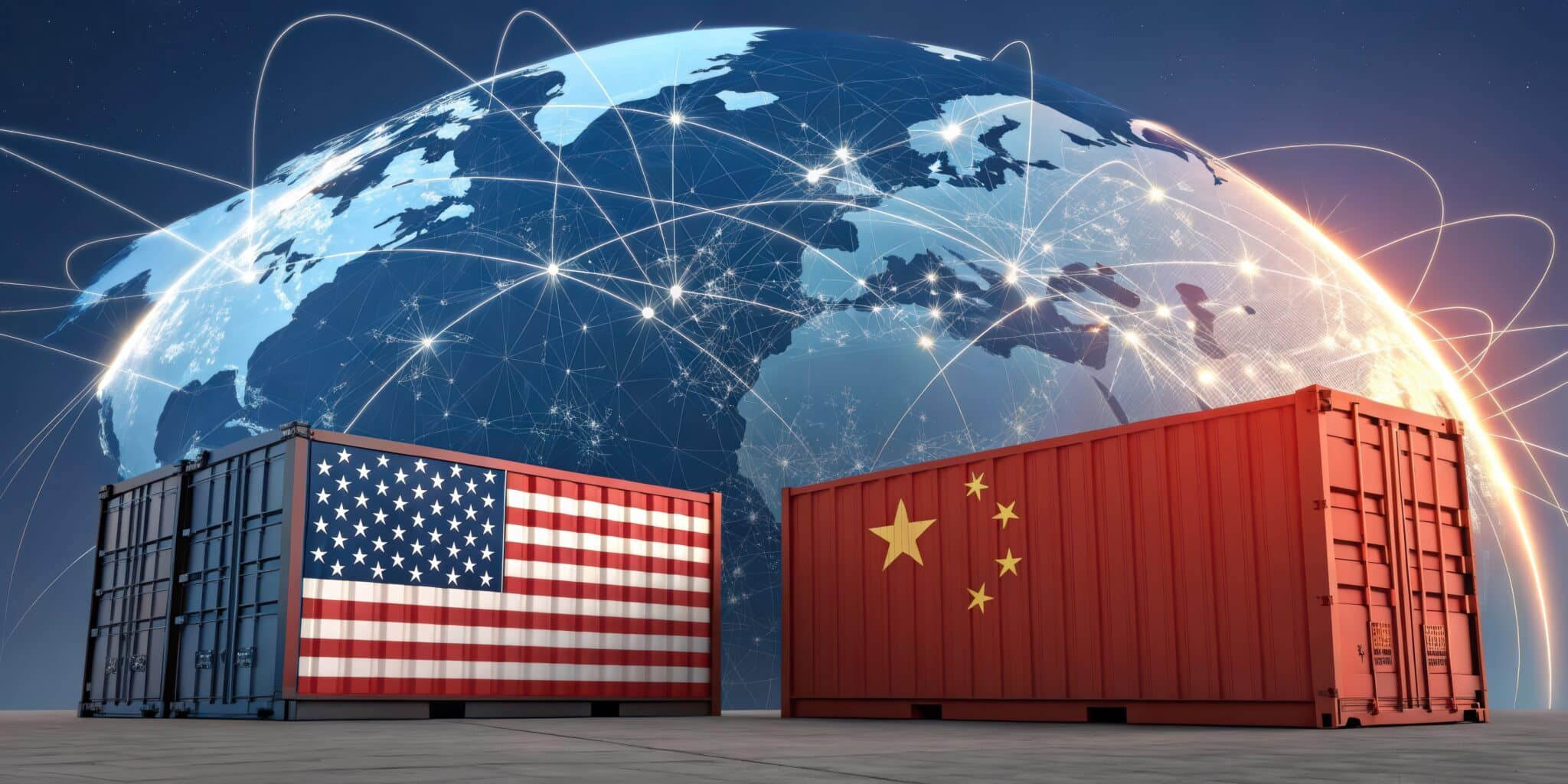The ever-evolving landscape of international trade continues to challenge supply chains across North America. Recent tariff uncertainties between the United States, Canada, and Mexico have introduced new risks, leaving businesses scrambling to adapt. With supply chains deeply interconnected across the continent, the ripple effects of these trade policy shifts are vast, influencing everything from automotive manufacturing to food prices and cross-border logistics.
This blog explores the current tariff uncertainties, their impact on supply chains on both sides of the U.S.-Canada border, and how logistics providers, including organisations like OTS Group, are helping businesses navigate this turbulence.
The Current Tariff Landscape
Trade tensions are nothing new, but the latest round of tariff uncertainties has been particularly disruptive. The U.S. administration’s recent announcement of increased tariffs on key Canadian and Mexican imports has sent shockwaves through industries that rely on smooth cross-border trade. Key sectors impacted include:
- Automotive: North America’s automotive industry is one of the most deeply integrated supply chains globally, with parts often crossing the U.S.-Canada border multiple times before final assembly. Tariffs on Canadian and Mexican auto components could add significant costs to vehicle production and, ultimately, to consumers.
- Agriculture and Food Supply: Canada and Mexico are major suppliers of agricultural goods to the U.S., including fresh produce, dairy, and meat products. Tariffs here don’t just impact businesses—they also increase food prices for consumers, adding to inflationary pressures in an already fragile economic climate.
- Energy and Raw Materials: The U.S. and Canada share extensive trade in energy products, including oil, gas, and timber. With tariffs in place, costs for construction materials and energy resources may fluctuate, leading to potential delays and increased expenses for infrastructure projects.
- Retail and Consumer Goods: With supply chains heavily dependent on cost-efficient international manufacturing, retailers sourcing products from Canada or Mexico face price hikes, disrupted supply routes, and extended delivery times.
How Tariff Uncertainty Disrupts Supply Chains
The unpredictable nature of trade policy changes is forcing businesses to rethink their supply chain strategies. Some of the key disruptions include:
- Increased Costs and Price Volatility: Tariffs introduce additional costs that companies must either absorb or pass on to consumers. In sectors like automotive and electronics, even a small increase in component costs can have a substantial impact on profitability.
- Delays and Border Bottlenecks: Customs processes are becoming more complex as businesses attempt to reclassify goods or reroute shipments to avoid higher tariffs. Increased paperwork, additional inspections, and changing trade agreements contribute to bottlenecks at major border crossings.
- Shift in Supplier Strategies: Some companies are beginning to explore alternative sourcing locations outside North America to avoid the uncertainty. However, shifting a supply chain is not an overnight process—it requires significant investment, planning, and supplier verification.
- Regulatory and Compliance Risks: Rapidly shifting trade policies mean businesses must constantly stay updated on tariff regulations, ensuring compliance to avoid penalties and disruptions.
How Logistics Organisations Like OTS Group Are Helping Businesses Adapt
In response to these challenges, logistics and supply chain management firms play a crucial role in helping businesses adapt. Companies like OTS Group, along with other logistics and trade compliance organisations, are providing innovative solutions to keep supply chains running efficiently despite the uncertainty.
- Tariff Impact Assessments & Strategic Planning
Many businesses are working with supply chain consultants to assess how new tariffs impact their cost structures. Data-driven modelling helps companies identify the best strategies, such as supplier diversification or adjusting inventory levels to buffer against potential disruptions.
- Optimising Cross-Border Logistics
- Organisations like OTS Group work closely with businesses to optimise their shipping routes, avoid unnecessary duties, and leverage duty deferral programs where available. This helps minimise costs and maintain efficiency despite changing trade policies.
- Technology-Driven Visibility & Compliance
- Advanced logistics platforms and real-time tracking tools allow businesses to monitor supply chain disruptions and respond proactively. Digital solutions help manage customs clearance processes, reducing the risk of costly delays.
- Alternative Warehousing and Distribution Solutions
- To counteract border delays, many businesses are exploring warehouse solutions on both sides of the U.S.-Canada border. Third-party logistics providers are helping companies set up regional warehousing to ensure continuity in product availability.
- Trade Advisory and Risk Management
- With the risk of sudden policy shifts, businesses need to stay ahead of regulatory changes. Trade compliance specialists within logistics firms assist in navigating evolving trade laws and mitigating risks through tariff classification, customs brokerage, and supply chain restructuring.
Looking Ahead: What Businesses Can Do Now
While businesses cannot control trade policies, they can take proactive steps to safeguard their supply chains against the uncertainty. Some key actions include:
- Diversifying Supplier Base: Relying on a single source for materials or products increases vulnerability. Businesses should consider multiple sourcing options, including domestic production where feasible.
- Investing in Supply Chain Resilience: The pandemic highlighted the importance of resilience—companies should continue building contingency plans, including warehousing strategies and alternative transport routes.
- Leveraging Trade Agreements and Duty Relief Programs: Even in a complex trade environment, businesses can benefit from existing trade agreements and programs that provide tariff relief or exemptions in certain circumstances.
- Enhancing Real-Time Supply Chain Monitoring: Businesses that use predictive analytics and real-time tracking will be better equipped to make quick adjustments and avoid disruptions.
Final Thoughts
Tariff uncertainty is a significant challenge for businesses operating in North America, with far-reaching implications for supply chains, logistics, and the broader economy. While the shifting trade landscape presents risks, it also creates opportunities for businesses that can adapt quickly and strategically.
We at OTS Group and other logistics and supply chain management firms are playing a critical role in helping companies navigate these uncertainties. By leveraging expertise in compliance, cross-border logistics, and technology-driven solutions, businesses can mitigate risks and build more resilient supply chains for the future.
As the trade environment continues to evolve, staying informed, agile, and proactive will be key to overcoming challenges and maintaining operational efficiency. Businesses that embrace a strategic approach to supply chain management will be better positioned to thrive in an uncertain global economy.


